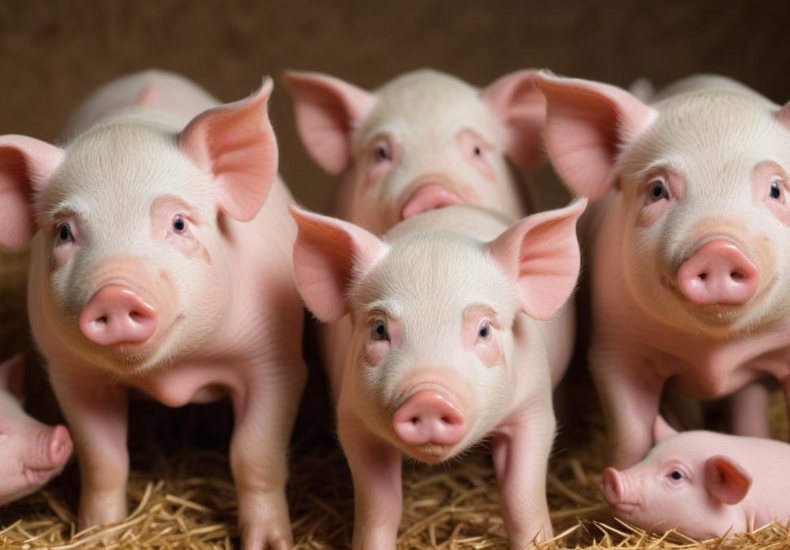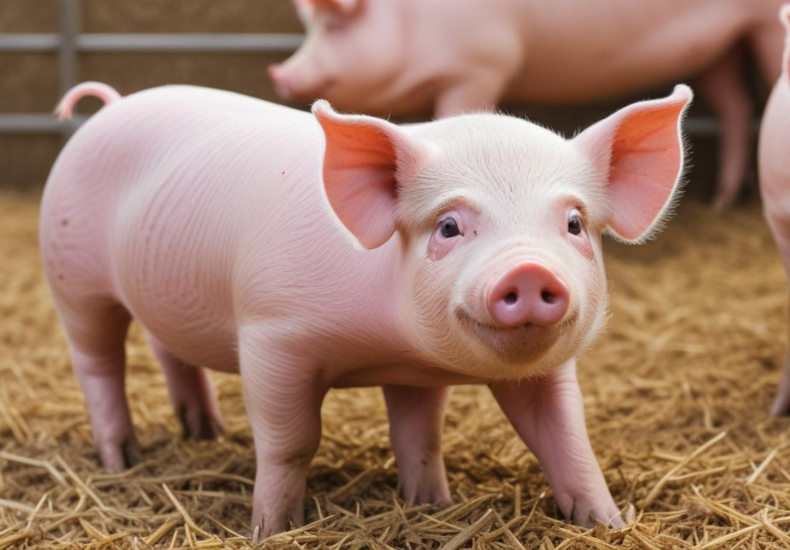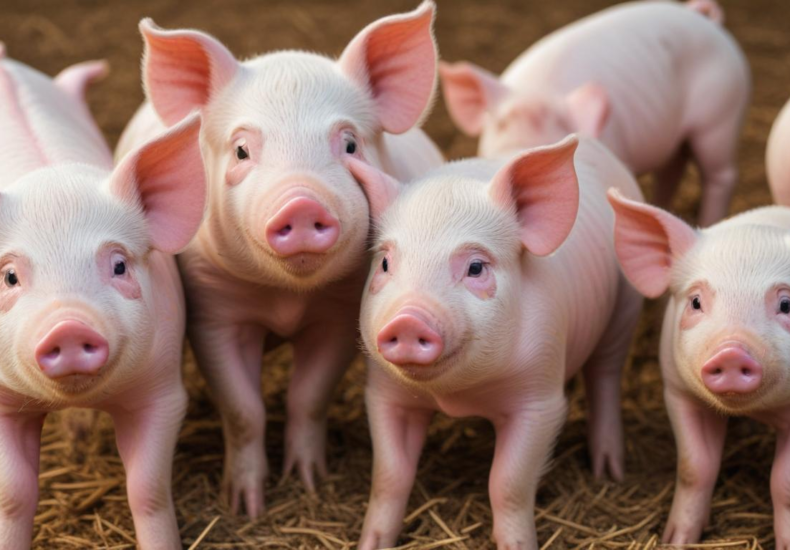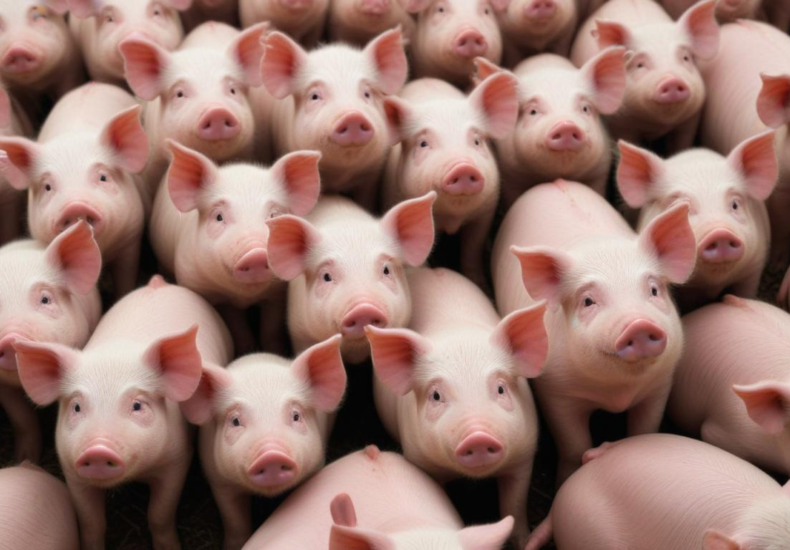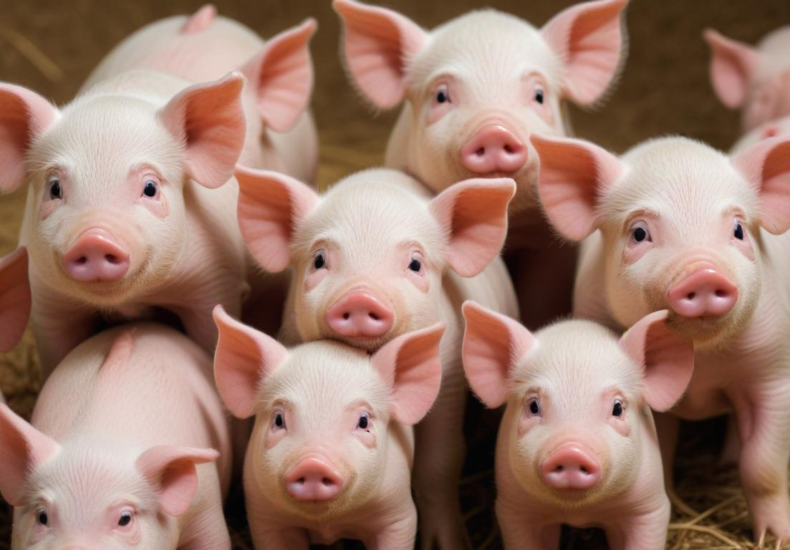Tag: inheritance
genetic mutations and their effect on pigs
Genetic mutations in pigs are nuanced changes in DNA that influence growth, health, and behavior. These mutations can arise naturally or through environmental factors, impacting traits critical for livestock productivity. Researchers employ advanced techniques like whole genome sequencing and CRISPR-Cas9 to map these changes, unveiling potential for enhanced breeding strategies. The insights gained not only aim to optimize pig health and welfare but also highlight the role of genetic diversity in conservation efforts, paving the way for a more sustainable future in swine production.
the inheritance of maternal traits in pigs
Maternal traits in pigs encompass critical behaviors and characteristics that significantly impact reproductive success and offspring health. Key elements such as nursing behavior and protective instincts are vital for piglet survival and growth. Understanding the genetic and environmental factors influencing these traits offers opportunities for selective breeding and improved management practices. By optimizing conditions and employing genetic markers, producers can enhance maternal capabilities, ultimately leading to healthier herds and more efficient pig production systems. Delving into the complexities of these traits could unveil transformative strategies for the swine industry.
piglet birth weight and genetic factors
Piglet birth weight is influenced by a complex interplay of genetic, nutritional, and environmental factors. Key elements such as maternal size, gestational age, and litter size can significantly affect outcomes. Genetic traits related to growth and health, along with optimal nutrition, play critical roles in determining birth weights. Understanding these dynamics is essential for swine producers aiming to enhance piglet survival and overall health through informed breeding strategies and improved management practices. Explore the intricacies of optimizing birth weights in swine farming for better production efficiency and animal welfare.
understanding pig genetics for better breeding
The field of pig genetics delves into the hereditary traits that shape swine production, influencing growth performance, reproductive success, carcass quality, and disease resilience. Breeders leverage advances in genomic technologies, precision breeding, and data analytics to enhance efficiency and productivity. As they navigate these complexities, a focus on sustainability and consumer preferences emerges, presenting both challenges and opportunities for the pork industry’s future. Discover how these trends are revolutionizing breeding practices and shaping the next generation of swine.
what determines pig coat color genetically
The coat color of pigs is shaped by a complex interplay of genetic factors, involving multiple genes and their interactions. Traits like dominance and recessiveness play a crucial role in inheritance, influencing the colors and patterns seen across breeds. Environmental elements such as sunlight, temperature, and nutrition further impact how these genetic traits manifest. Understanding these dynamics is essential for breeders aiming to achieve specific aesthetic goals while ensuring overall health and diversity in pig populations. Discover the intricate mechanisms behind the vibrant spectrum of pig coat colors.
common inherited traits in pigs
Pigs showcase a fascinating array of inherited traits shaped by genetics and selective breeding. From diverse coat colors to physical characteristics suited for meat production, these traits reflect the careful choices of breeders. Behavioral aspects and health predispositions also play a pivotal role, influencing how different breeds interact with their environment. Delving into the genetic factors at play reveals the complexities of pig breeding, raising important questions about the balance between productivity, adaptability, and animal welfare. Discover how these dynamics continue to evolve within the livestock industry.
the impact of genetic drift in pig populations
Genetic drift significantly shapes the genetic structure of pig populations, influencing breeding programs and overall dynamics. This evolutionary mechanism operates through random allele sampling, particularly in smaller groups, leading to genetic variability fluctuations. Environmental factors, disease outbreaks, and human interventions can amplify these effects, potentially diminishing resilience and adaptability. Recognizing the nuances of genetic drift is essential for breeders aiming to maintain robust genetic diversity and ensure the long-term health of pig populations. How can effective management strategies balance these challenges? Explore the intricate dynamics that could redefine breeding practices in the agriculture sector.
genetic traits passed from pigs to piglets
Genetic inheritance in pigs plays a critical role in shaping the traits passed from parents to piglets. This intricate process combines genetic material from both the mother and father, influencing attributes ranging from coat color to growth rates. Both autosomal inheritance and environmental factors, such as nutrition and housing, further complicate trait expression. Moreover, advances in selective breeding leverage these genetic principles to enhance desired characteristics in pig populations, offering insights into the future of swine genetics and livestock improvement. What other surprises lie within the genetics of these fascinating animals?
how piglet traits are determined by genetic makeup
The complex interplay of genetics and environmental factors shapes the traits of piglets, influencing their development and overall health. Key concepts include polygenic traits, heritability, and the role of specific genes in characteristics like coat color and muscle growth. As research advances, innovative breeding strategies—such as genomic selection and gene editing—are being explored to enhance desirable traits, optimize production, and improve animal welfare. Understanding these dynamics is crucial for progressing pig farming practices and achieving sustainable outcomes in the industry.
Archives
Calendar
| M | T | W | T | F | S | S |
|---|---|---|---|---|---|---|
| 1 | 2 | 3 | 4 | |||
| 5 | 6 | 7 | 8 | 9 | 10 | 11 |
| 12 | 13 | 14 | 15 | 16 | 17 | 18 |
| 19 | 20 | 21 | 22 | 23 | 24 | 25 |
| 26 | 27 | 28 | 29 | 30 | 31 | |

